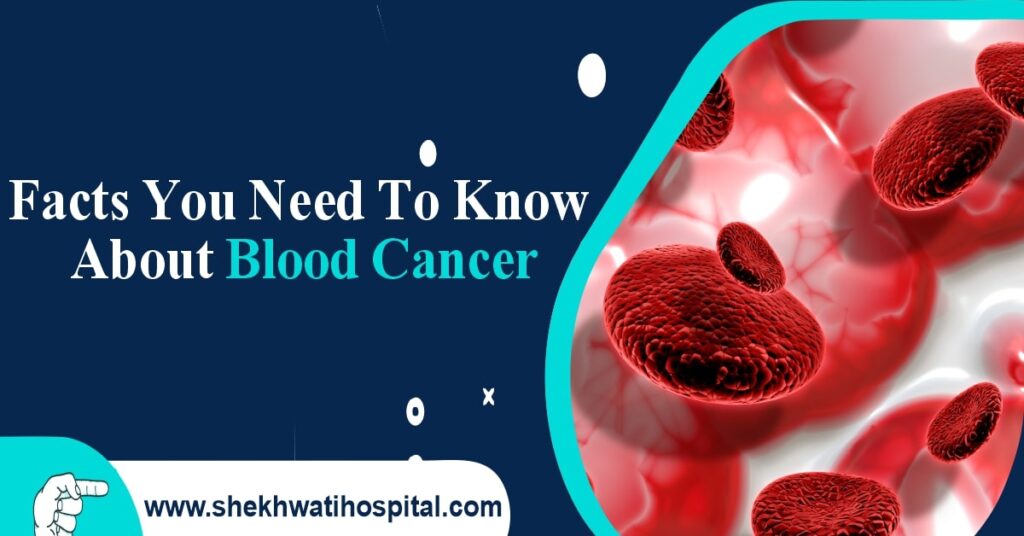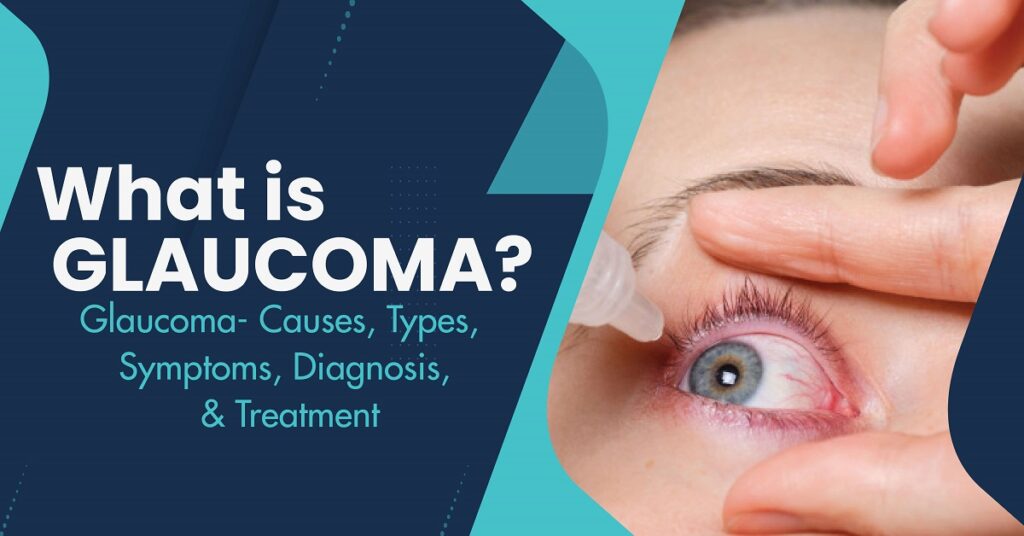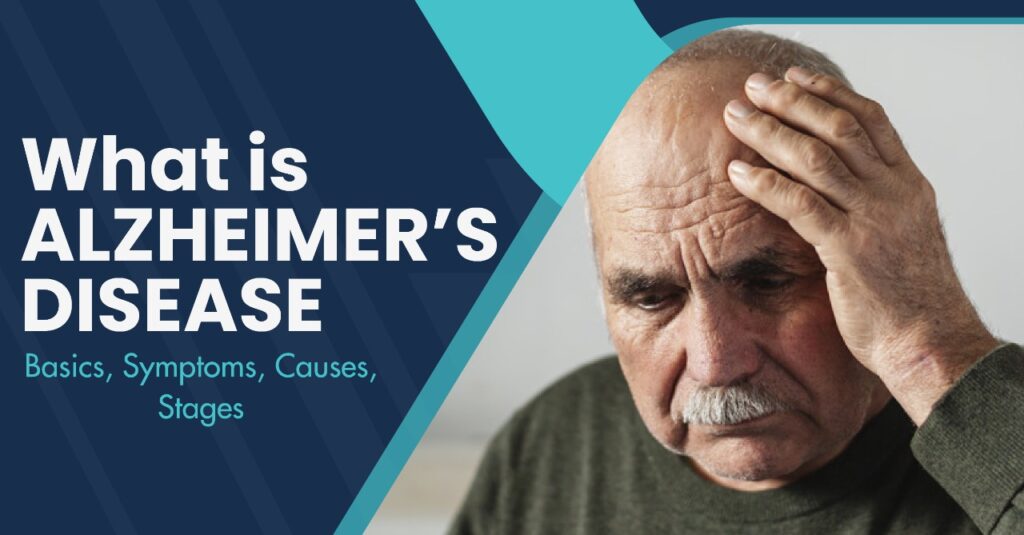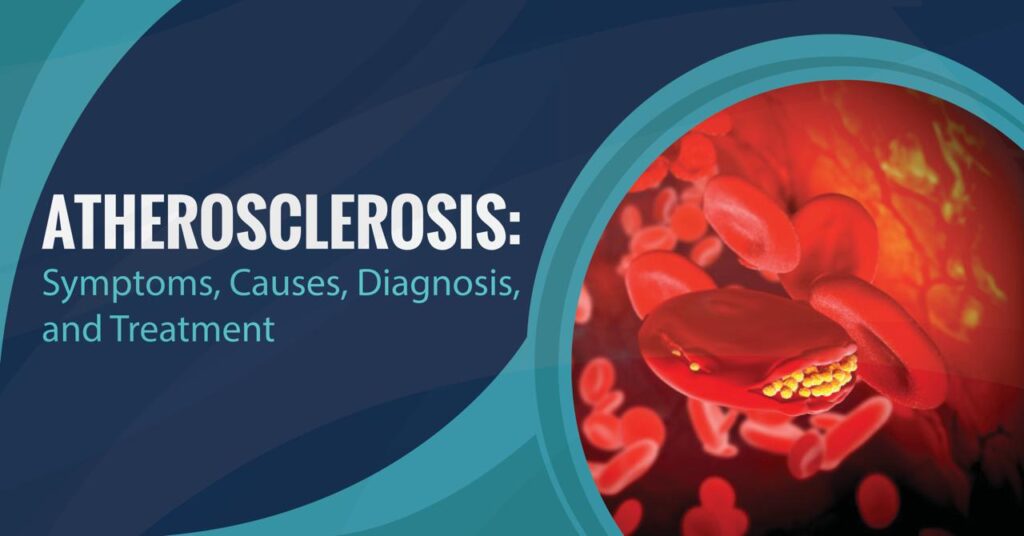What is leukemia?
Leukemia is a cancer of blood-forming tissues which hinders the body’s ability to fight infection. It is caused by an increase in the number of white blood cells in the human body. These increased white blood cells sideline the platelets and the red blood cells that are required by the human body to be healthy.
Leukemia occurs as a result of malfunctioning of marrow leading to cancerous cell formation. These cells are found to overrun the normal blood cells interfering with the ability of the human body to control bleeding, deliver oxygen to normal working cells, and fight infections. The cancerous cells are known for invading the liver, spleen, and other organs.
What are the symptoms of leukemia?
Various symptoms of leukemia are visible in a patient, there is a possibility that not a single sign is visible in its early stage. However, some of the commonly found symptoms comprise fatigue, fever, bruising, chills, bleeding easily, joint pain, infections that keep returning back, headaches, seizures, vomiting, sweating at night, weight loss, swelling in lymph nodes, and shortness of breath.
What are the different types of leukemia?
Leukemia is classified by its speed of getting worse and by the blood cell type which is involved in it. By how fast it develops, leukemia is divided into acute and chronic leukemia. When maximum abnormal blood cells don’t mature and are not able to carry out normal functions, it’s considered acute leukemia. This type of leukemia has a tendency to get worse at an alarmingly increasing rate.
When a human body has a few immature cells while the other cells are working normally, this is termed chronic leukemia. It has a tendency to get worse at a slow rate. The other classification based on the type of blood cells consists of lymphocytic and myelogenous leukemia.
A lymphocytic or lymphoblastic leukemia comprises bone marrow cells that turn into a kind of white blood cell known as lymphocytes. Myelogenous or myeloid leukemia is one that involves marrow cells creating platelets, red blood cells, and various kinds of white blood cells.
Coming to types of leukemia, there are generally four types of leukemia, these are as follows – Acute lymphocytic leukemia, Acute myelogenous leukemia, Chronic lymphocytic leukemia, and chronic myelogenous leukemia. Let’s read about what these are.
ALL or Acute lymphocytic leukemia is a common form of leukemia found in children. This leukemia spreads to the central nervous system and lymph nodes. AML or Acute myelogenous leukemia is the second most common form of leukemia found in children. This one is most commonly found in adults.
Chronic lymphocytic leukemia or CLL has some kinds which are stable for years without any requirement for treatment. But in other kinds of leukemia, the human body is not able to create normal blood cells, and treatment is required.
Chronic myelogenous leukemia or CML doesn’t have any symptoms which are noticeable. A patient might not know that he/she is suffering from it until regular blood tests are run. This type of leukemia is most common in people who are aged 65 years and older.
What’s the difference between chronic and acute leukemia?
Chronic leukemia is one that progresses slowly and is not easily diagnosed until symptoms appear such as enlarged lymph nodes. This type of leukemia may be controlled by using chemotherapy, monoclonal antibodies, and corticosteroids.
The doctor may use transfusions such as platelet transfusions and blood transfusions for treatment. These treatments are used to decrease the platelets and red blood cells. Further, the radiations may help in reducing the size of the lymph nodes.
If you a patient is suffering from CML along with Philadelphia chromosome, the treatment given to you might be tyrosine kinase inhibitors (TKIs). These inhibitors block the protein and may also be used for stem cell therapy for replacing the cancerous bone marrow with a healthy one.
People suffering from Acute leukemia are quickly given treatment after the diagnosis is done. This is necessary because cancer may progress at a high rate. The treatments given in this type comprise targeted therapy, chemotherapy, or stem cell therapy which hugely depends on the type of acute leukemia.
The treatment given for acute leukemia is highly intense in the starting. Here, the main aim behind the treatment is to destroy the leukemia cells. There may or may not be any requirement for hospitalization. These types of treatments usually have side effects. Regular bone marrow and blood tests are run to examine the effect of this treatment on killing leukemia cells.
Various mixtures of drugs are used to see what works best in controlling the disease. In this, as soon as the blood returns to its normal state, leukemia goes into remission. However, a few tests will be conducted to see the chances of the return of the cancerous cell. Hope you now know the difference between chronic and acute leukemia.
How is leukemia diagnosed?
There are different types of leukemia that do not show any symptoms in the beginning phase, this is the reason that leukemia is diagnosed accidentally during a general physical exam. This exam may be a routine check-up or blood testing.
Doctors are required to check the symptoms present in the patient to ascertain that it is leukemia. Blood and bone marrow are checked for symptoms through various tests such as blood tests, bone marrow biopsy, spinal tap, and imaging tests.
Blood tests – A blood count or CBC is done to see the number and maturity level of various types of blood cells.
Bone Marrow Biopsy – In this test, the marrow is collected from the pelvic bone with the help of a long needle. This marrow sample when tested shows the kind of leukemia that the patient is suffering from along with its severity level.
Spinal Tap – Spinal tap comprises fluid collected from the spinal cord for examination. This test helps the doctors in knowing how much leukemia has spread inside the body.
Imaging Tests – In this, various scans are done such as CT, PET, and MRI that help in spotting the signs of leukemia.
Why are the tests expensive and are they really needed?
The doctors conduct the bone marrow test to find out the tissue and fluid in the marrow. The diagnosis test and treatment of leukemia are very expensive. An average treatment amount for six months in leukemia costs around 2.5 lacks; the drugs, tests, and treatment methods are rare and require high maintenance which makes it so costly.
These tests are essential as it helps in finding out if cancer has affected the blood cells or marrow. Along with this, it is done to find the extent of the disease. The marrow samples help in determining the blood cell changes even before they are seen in the blood sample itself.
You Can Read Also: GLAUCOMA- CAUSES, TYPES, SYMPTOMS, DIAGNOSIS, AND TREATMENT
A bone marrow test comprises of two steps which are a bone marrow biopsy and a bone marrow aspiration. The bone marrow aspiration is used for removing a liquid marrow sample while a bone marrow biopsy is used for the removal of a small amount of bone that is filled with marrow.
How is leukemia treated?
Due to the advancement in chemotherapy, people are surviving for a longer time as compared to the previous years. A huge success rate has been observed in childhood leukemia, there has been an increase in the five-year survival rate for children with ALL.
In the case of acute leukemia, the instant goal of treatment given is to reach remission. Patients are given chemotherapy in a hospital where they are required to stay to help them reduce infection. As the count of healthy blood cells is extremely low in the case of acute leukemia patients, they are given platelet transfusions and blood to assist in stopping and preventing bleeding.
In this condition, patients are given antibiotics for the prevention and treatment of infection. As the treatment given in cancer has side-effects, patients are put on medications to control these. In the case of acute leukemia, patients usually reach remission levels with the help of chemotherapy. This happens when chemotherapy is given as a primary treatment.
To control this disease further, consolidation chemotherapy is given to the patients for keeping the disease under control. This chemotherapy is given for 1-4 months to make the human body get rid of any malignant cells left. Patients diagnosed with ALL are generally given treatment for two years.
Even after complete remission, there are chances that patients suffering from acute myeloid leukemia may require a transplant of allogeneic stem cells. For this transplant, a donor is required who has compatible genetic characteristics and tissue type; in such cases, a family member is preferred. Any unrelated donor or umbilical blood are some of the other donor sources.
There are three stages of cell transplant which are induction, conditioning, and transplantation. Firstly, the white blood cells of the individual suffering are brought under control with the help of chemotherapy. A single dose of chemotherapy may be given to the patient before giving a conditioning regimen of a high dose of chemotherapy.
These therapies are given as they destroy the individual’s bone marrow or any residual leukemia cell that might be present. After this, the donor cells are infused. The patient is kept under observation until the donor marrow starts producing fresh blood cells.
This is necessary as, until the fresh production starts, the patient doesn’t virtually have any blood cells including red cells, white cells, or platelets. This situation may lead to the death of the suffered leading to bleeding or infection.
Once sufficient growth is observed in the donor stem cells in the bone marrow which generally happens in 2 to 6 weeks, a possibility of long-term remission arises. Additionally, chemotherapy is given to the patient who receives medication to treat and prevent graft versus host disease.
In such cases, the donor cells attack the patient’s normal tissue cells. Medical treatment is given to patients to prevent the rejection of the donor stem cells. The other treatment is allogeneic stem cell transplant which is not only expensive but also risky. The reason it is preferred by doctors is that it offers chances of best long-term remission in cases of high-risk AML and some cases of ALL.
In case, the treatments mentioned above don’t show any positive results in children or young adults suffering from B-cell type ALL or if cancer comes back then the doctors may want to try a new kind of treatment which is comprises gene therapy.
By using CART-cell therapy, some immune cells may be reprogrammed so that the cancer is attacked. There are severe side-effects of these treatments, therefore only some of the hospitals and clinics are given the certification to do this treatment.
The other form of leukemia is chronic lymphocytic leukemia or CLL which is a form that generally affects people of older age. This type of cancer is known for its slow progress and thus the procedure used for its treatment may be conservative.
Not all patients suffering from leukemia require treatment immediately. The ones who need treatment are those who show symptoms that require treatment including the ‘so’ called ‘B’ symptoms of night sweats for 14 consecutive days, fever, or 10% sudden weight loss in six months which is unintentional.
Symptoms other than mentioned above which require treatment are swollen lymph glands, evidence of the failure of bone marrow, and painful swelling in the spleen or liver. One of the treatments of leukemia is oral chemotherapy which is known for effectively controlling the symptoms of CML for many years.
Many cases of CML in the past years have eventually advanced to acute phases even after the treatment was provided. This is the reason that doctors advise bone marrow transplantation in the chronic phase.
Allogeneic stem cell transplantation for CML is one of the treatments which is considered for disease resistance to the treatment of patients in whom the disease has reached the acute phase. There is the drug imatinib or Gleevec which is considered as a radically changed treatment for CML. This is known as a molecular targeting drug as it attacks the genetic alterations that are known for causing white blood cells for out-of-control growth.
Gleevec when given to the patients doesn’t cure CML but may lead to long-term remission and survival of CML. The results provided by this drug have made it superior to the other therapies which were used priorly such as interferon-alpha, hydroxyurea, and busulfan.
There are four drugs comprising bosutinib, nilotinib, ponatinib, and dasatinib which may be used in CML in case leukemia becomes resistant to Gleevec. Nilotinib or Tasigna is FDA approved for its usage in the treatment of CML in the chronic phase.
Dasatinib or Sprycel is another FDA-approved drug that is used for first-line therapy given during the chronic phase of CML. Bosutinib or Bosulif and Iclusig or ponatinib may be used during various phases of CML, this is possible if the patient cannot tolerate or is resistant to various other drugs.
The other drug known as omacetaxine mepesuccinate or Synribo is a drug that is approved for use by those in whom the CML has progressed. This progression must be after treatment of two or more medications have been given to the sufferer.
Why do people with same cancer get different treatments and have different problems?
Patients suffering from the same cancer may or may not receive the same treatment. Several tests are done before ascertaining the treatment to be given to a patient. The treatment chosen depends on the severity of leukemia, its growth, and the patient’s body’s ability to respond to a particular type of treatment.
There is a possibility that one type of medication may show positive recovery results in one patient while showing no sign in the other. In such cases, different treatments are given to different patients.
Every human body is unique in some way and may or may not respond to a situation in the same way as others. This is the reason that people suffer from different problems owing to their family’s medical history, genes, and current medical situations that they might be facing.
Can a change in diet or lifestyle alter the course of cancer? Can the so-called superfoods available in the market cure cancer?
Cancer is a result of genetic damage caused to cells, this is why it cannot be cured by any change in diet or eating the so-called superfood available in the market. A change in lifestyle may help in preventing cancer but once diagnosed, no lifestyle change can cure it.
Can blood cancer be cured?
The curability rate of blood cancer is observed to be a little high; with the help of the right treatment and medicines, many patients have got rid of cancer. Many years of research have shown that the chance of survival has improved when it comes to patients suffering from blood cancer.
Reports by the National Institutes of Health state that two-third of people who were diagnosed with leukemia may live up to five years or more. When it comes to Hodgkin and non-Hodgkin lymphoma, the curability rate is 85 percent and 70 percent.
Are the side effects of chemotherapy worse than cancer?
When a patient is going through the treatment of cancer, simultaneously he is also given medication for controlling the side effects caused as a result of treatment. Side effects caused during the treatment procedure can be cured and prevented with the help of drugs and therapies. These side effects are generally temporary and end once the treatment is completed.
Can leukemia be prevented?
There is no way to prevent leukemia as such. However, one may avoid tobacco and exposure to various industrial chemicals and pesticides as a precaution.









